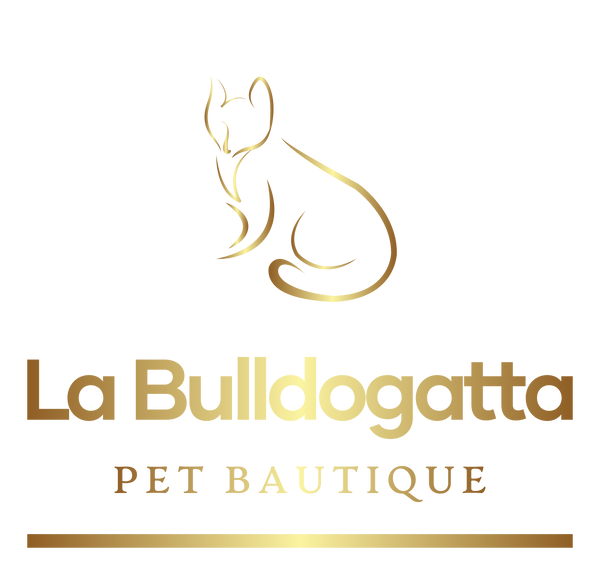When a new furry friend joins our family this is certainly one of the first questions we ask ourselves, preparing to enjoy many walks with him, in maximum comfort for both him and us: collar or harness? and what type of collar or harness?
Both are very common and indispensable objects in the coexistence and management of the dog, very important to guarantee the education and safety of your dog and other dogs and people he meets during his walk, but what is best for him?
The answer is: it depends, there are various factors to evaluate when choosing one or the other.
There are 2 main types of collars, the classic fixed one and the sliding choke one.
In general, the collar is more suitable for large-sized dogs, because on small and medium-sized dogs it can more easily create injuries due to excessive compression at the level of the esophagus and trachea.
The choke collar is then used in particular on molossoids and/or large and very strong dogs, with the aim of teaching them not to pull (precisely because, as the name suggests, if the dog pulls the leash it slides, shrinking and causing discomfort or pain to the dog) and still have a rather strong and muscular neck that can withstand a little more compression.
Then there is also the so-called semi-choke collar which however has a block that allows the neck to be compressed only up to a certain point, widely used for example in greyhound type dogs, which have very long necks, quite resistant but certainly not as much as that of a molossoid, and on which, for reasons of physical conformation (very narrow shoulders and very exposed chest), a harness is generally not very suitable.
Our advice is always to consult expert people, starting from the breeder who gives you the dog if it is a purebred dog (who is presumed to know the breed well), or from the vet otherwise, especially if you have a small dog. a little rebellious who tends to pull a lot on the leash, so that you can manage him without causing him harm.
The in-line harness is safer and causes less damage to the dog (except in some cases such as those mentioned above) because it tends to better distribute the pressure along the body, rather than just on the neck, when the dog pulls on the leash. It is absolutely preferable to the collar in small dogs, such as Chihuahuas, which already have a certain predisposition to having tracheal problems, which the collar would certainly worsen.
There are many types, the main ones are those called X, Y and H, based on their shape.
That ax consists of a circle that goes around the neck and that goes around the chest that converge in a single point on the back, and with a connecting line along the chest.
The Y-shaped one is always made up of the 2 circles that converge on the back without a connecting line on the chest, finally the H-shaped one is made up of the 2 circles around the neck and around the chest, joined by a connecting line on both the chest and the back.
Then there are endless variations, with additional stretches, handles, hooks and adjustments, not to mention the various materials they are made of.
The most recommended is normally the H-shaped one because thanks to the 2 connecting sections on the chest and back it distributes the tension better along the body, not concentrating it in a single point.
In conclusion, in our opinion, in general for small to medium sized dogs (except greyhounds) the best solution is the harness, in particular the H-shaped one, especially if it is a dog that tends to pull or tug.
Other types of harnesses or collars are fine for some occasions when you may like to use them, but only if the dog is quite docile, and therefore does not exert a lot of tension when you put it on a leash.
For large dogs you can use the collar a little more but always evaluate its behavior yourself, avoid it if you feel the dog pulling on the leash and coughing, and always take advice from expert people, make sure you choose a harness that gives you control over the dog but which is also safe and not harmful to him.
And once everything is safe, have fun with the infinite options that fashion dedicated to our furry friends now offers.

